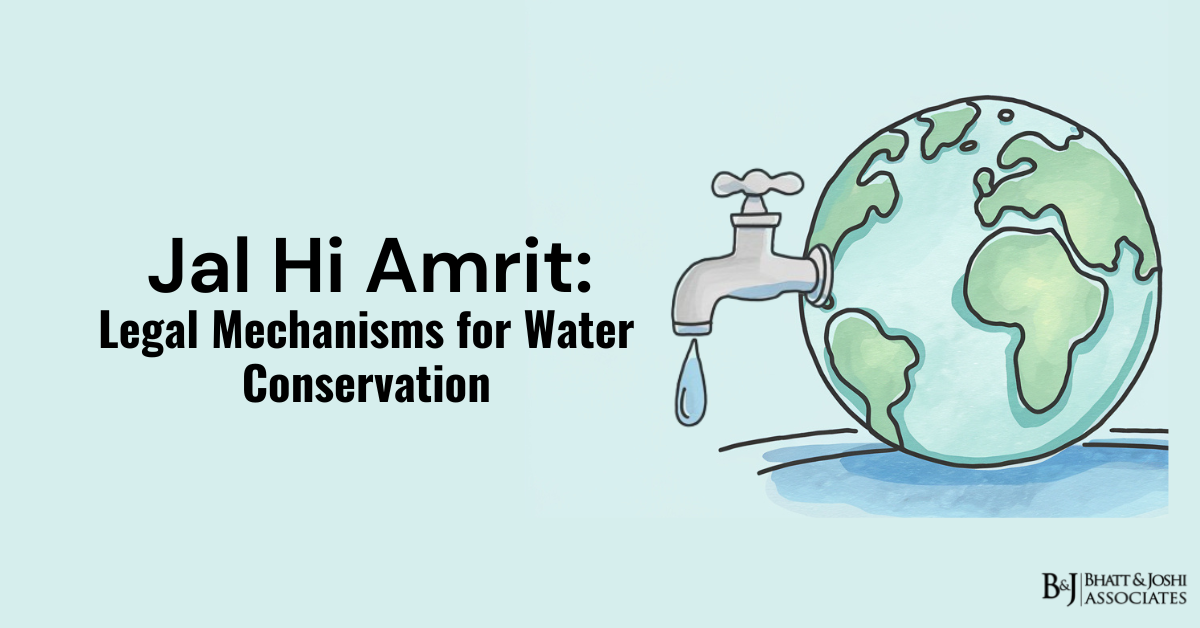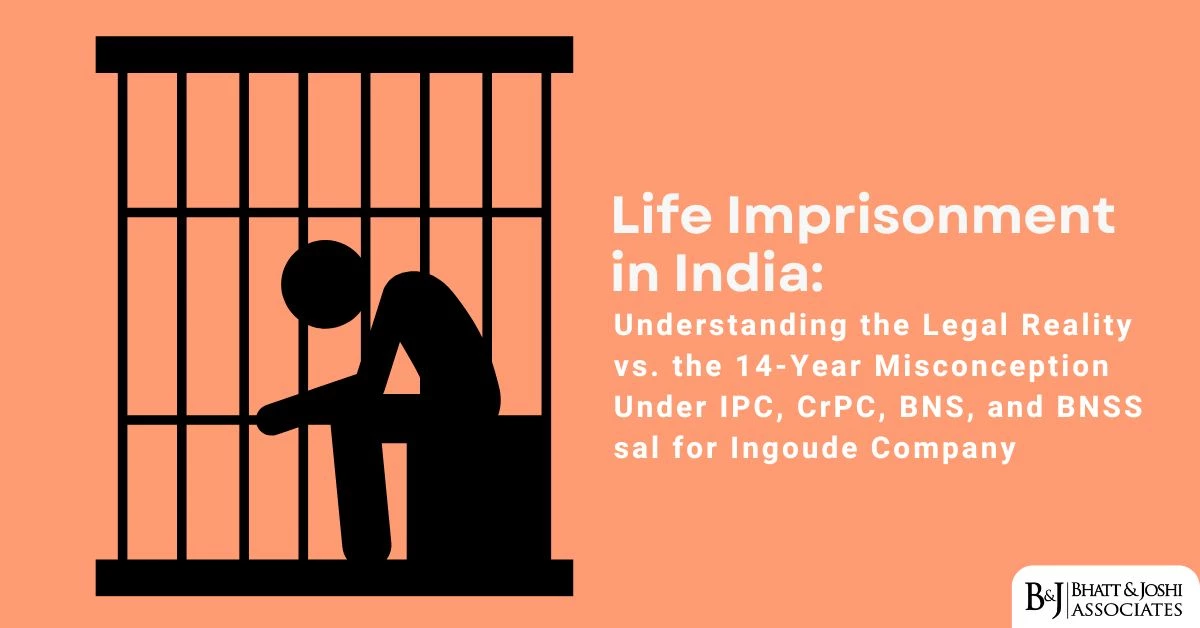Introduction
Water, often referred to as the elixir of life, is a fundamental resource that sustains all forms of life on Earth. The ancient Sanskrit phrase “Jal Hi Amrit” (Water is Nectar) encapsulates the intrinsic value of water as an indispensable element of life, culture, and civilization. In contemporary times, however, the rapid pace of industrialization, urbanization, and climate change has rendered water conservation an urgent global necessity. Legal frameworks, both national and international, serve as critical tools in ensuring the sustainable management and preservation of this invaluable resource. This article delves deeply into the intricate web of legal mechanisms, policies, regulations, and judicial pronouncements governing water conservation, with a focus on India and its integration into global efforts.
The Critical Importance of Water Conservation
Water conservation has become a paramount concern in the 21st century due to escalating pressures from population growth, industrial demands, and environmental degradation. In India, the situation is particularly acute, given that the country supports approximately 18% of the global population with only 4% of the world’s freshwater resources. The demand-supply gap continues to widen, exacerbated by over-extraction, contamination, and wastage. Rivers, lakes, and groundwater sources—the primary reservoirs of fresh water—are under significant threat from pollution and unsustainable practices. Effective legal mechanisms are thus indispensable to address these challenges and ensure equitable access to clean water for all.
Legal Framework for Water Conservation in India
India’s approach to water conservation is underpinned by a combination of constitutional mandates, statutory provisions, administrative guidelines, and judicial activism. Despite water being classified as a state subject under the Indian Constitution, the central government plays a pivotal role in formulating national policies and guidelines to address water-related concerns.
Constitutional Provisions
The Constitution of India provides a strong foundation for water conservation through its various provisions. Article 48A of the Directive Principles of State Policy enjoins the state to protect and improve the environment, including water bodies. Article 51A(g) imposes a fundamental duty on every citizen to safeguard the natural environment, encompassing rivers, lakes, and other water resources. These provisions, although non-justiciable in nature, serve as guiding principles for the formulation of environmental and water conservation laws.
The division of legislative powers between the Centre and states under the Seventh Schedule further shapes water governance. While water is primarily a state subject, subjects such as environmental protection and inter-state river disputes fall within the concurrent and union lists, respectively. This distribution has led to a complex interplay of jurisdictional powers, necessitating cooperative federalism for effective water management.
Statutory Laws and Policies
India has enacted several statutes to regulate water use, prevent pollution, and promote conservation. These laws address diverse aspects of water management and reflect the evolving understanding of sustainability.
One of the most significant pieces of legislation is the Water (Prevention and Control of Pollution) Act, 1974. This act was the first comprehensive legal measure aimed at combating water pollution. It established the Central and State Pollution Control Boards, which are vested with the authority to set water quality standards, monitor pollution levels, and take punitive action against violators. The Act’s provisions underscore the importance of maintaining the wholesomeness of water for human consumption and ecological balance.
Complementing this is the Environment Protection Act of 1986, a wide-ranging statute that empowers the central government to regulate activities that harm water bodies. This Act serves as an umbrella framework for various environmental laws and has been instrumental in regulating industrial discharge, hazardous waste, and other pollutants that contaminate water sources.
The Indian Easements Act, 1882, though a colonial-era law, continues to govern groundwater extraction. It recognizes the right of landowners to use water beneath their land, subject to reasonable and sustainable usage. However, unregulated extraction under this law has led to significant depletion of groundwater levels, prompting states like Maharashtra, Rajasthan, and Tamil Nadu to enact specific groundwater management laws. These state-level legislations often mandate permissions for groundwater extraction and promote practices such as rainwater harvesting.
The National Water Policy, first formulated in 1987 and revised in 2002 and 2012, provides a strategic vision for water management in India. The policy emphasizes the need for integrated water resource management, equitable distribution, and the importance of conservation measures such as recycling, reuse, and artificial recharge of aquifers. It also stresses the need to treat water as a public resource rather than a private commodity.
The River Boards Act, 1956, aims to regulate the development and management of inter-state rivers and river valleys. Although its implementation has been limited, the Act reflects the intent to foster cooperation between states in the management of shared water resources.
Judicial Interventions
The Indian judiciary has played a transformative role in advancing water conservation. Courts have expansively interpreted the fundamental right to life under Article 21 of the Constitution to include the right to clean and safe water. Landmark judicial pronouncements have not only reinforced the responsibility of the state and individuals but have also laid the groundwork for progressive policies.
In MC Mehta v. Union of India (1987), the Supreme Court unequivocally declared that the right to clean water is an essential part of the right to life. The case dealt with the pollution of the Ganga River and led to significant directives for the establishment of treatment plants and pollution control measures.
Similarly, in Subhash Kumar v. State of Bihar (1991), the court reiterated that access to clean drinking water is a fundamental right. This case emphasized the need for stringent enforcement of pollution control laws to protect water resources.
Another noteworthy case, Narmada Bachao Andolan v. Union of India (2000), addressed the environmental and social impacts of the Sardar Sarovar Project. While the court upheld the construction of the dam, it underscored the importance of balancing developmental needs with ecological sustainability.
In Alaknanda Hydro Power Co. Ltd. v. Anuj Joshi (2014), the Supreme Court emphasized the need for cumulative environmental impact assessments of hydroelectric projects in fragile ecosystems. This judgment highlighted the interdependence of water conservation and environmental protection.
International Legal Frameworks for Water Conservation
Water conservation is a global concern, and international legal frameworks play a vital role in promoting sustainable practices. The United Nations’ Sustainable Development Goal 6 (SDG 6) aims to ensure the availability and sustainable management of water and sanitation for all. The global community has adopted several treaties and conventions, such as the Ramsar Convention on Wetlands, which focuses on the conservation of wetlands, crucial for maintaining hydrological and ecological balance.
In the United States, the Clean Water Act (1972) and the Safe Drinking Water Act (1974) provide comprehensive legal frameworks for protecting water quality and ensuring safe drinking water. These laws mandate collaborative efforts between federal and state governments to regulate pollution and manage water resources sustainably.
The European Union’s Water Framework Directive (2000) sets ambitious targets for achieving “good status” for all water bodies by promoting integrated water resource management and pollution control. South Africa’s National Water Act (1998) stands out as a model law that treats water as a public resource, prioritizes equitable access, and emphasizes sustainability.
Challenges and the Way Forward
Despite a robust legal framework, India faces significant challenges in water conservation. Enforcement remains a critical bottleneck, with laws often failing to translate into effective action on the ground. The fragmentation of water governance across multiple agencies leads to inefficiencies and overlaps.
Addressing these challenges requires a multi-pronged approach. Strengthening institutional capacities, fostering inter-agency coordination, and ensuring strict enforcement of existing laws are crucial steps. Public awareness and community participation must be prioritized, as collective action is essential for sustainable water management.
Innovation and technology can also play a transformative role. The adoption of IoT and AI for monitoring water usage, detecting leaks, and predicting shortages can enhance efficiency. Integrating traditional water conservation systems, such as stepwells and tank irrigation, with modern techniques offers sustainable solutions.
International collaboration and knowledge-sharing can further enrich India’s water conservation efforts. By learning from global best practices, India can adopt more effective strategies for managing its precious water resources.
Conclusion
“Jal Hi Amrit” embodies the essence of water as a life-sustaining force that must be cherished and conserved. The intricate web of constitutional mandates, statutory laws, and judicial interventions underscores the critical role of legal mechanisms in ensuring water sustainability. However, laws alone are insufficient. Collective responsibility, technological innovation, and community engagement are equally important in creating a water-secure future. By recognizing water as a shared resource and a collective heritage, India can pave the way for a resilient and sustainable tomorrow.














